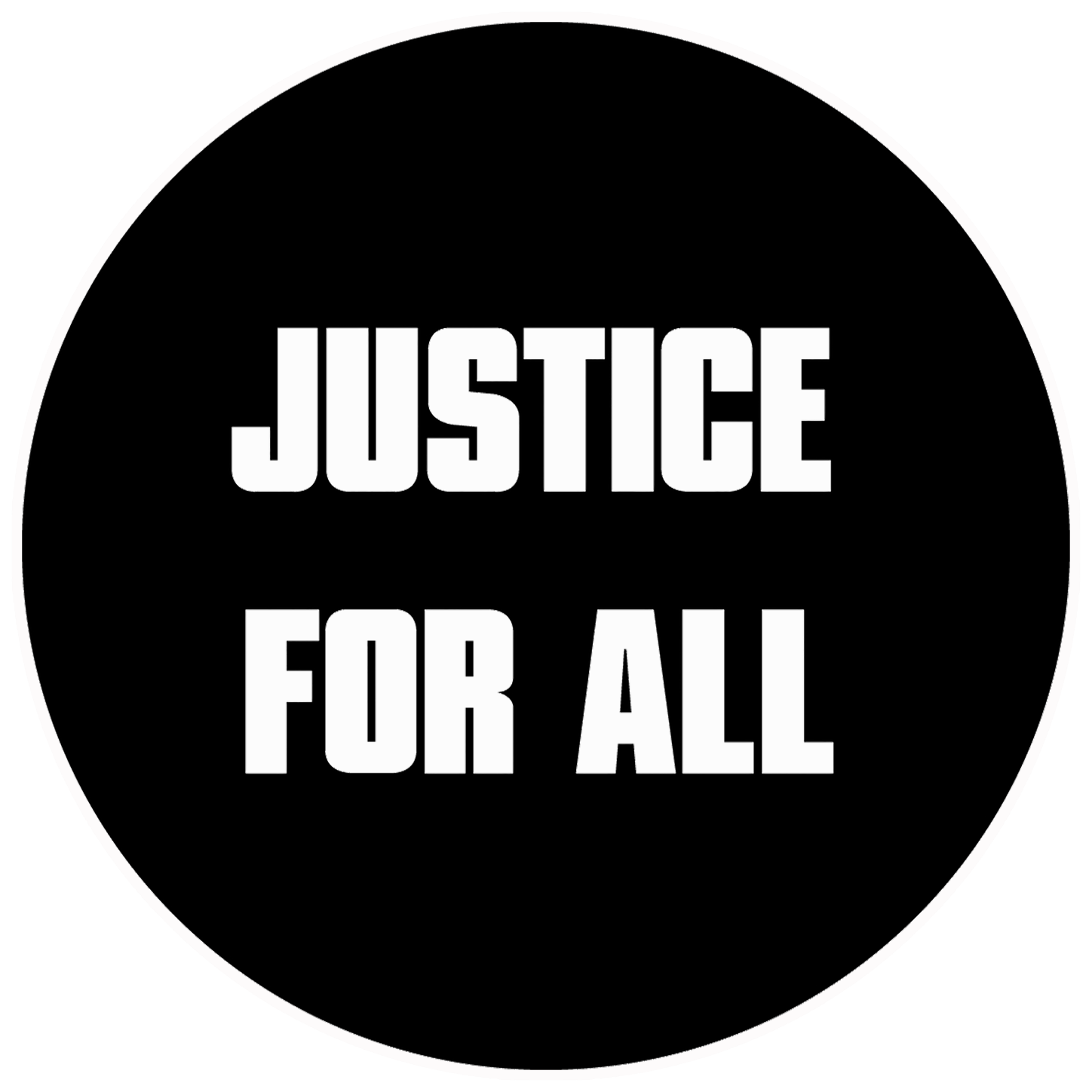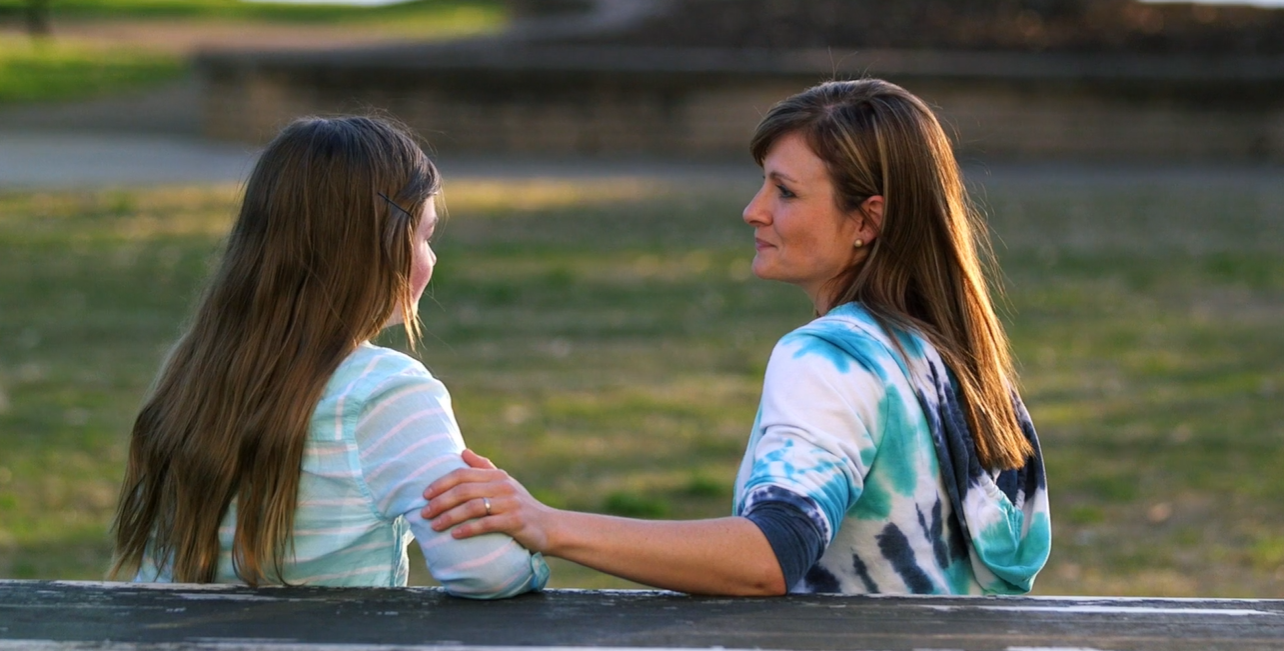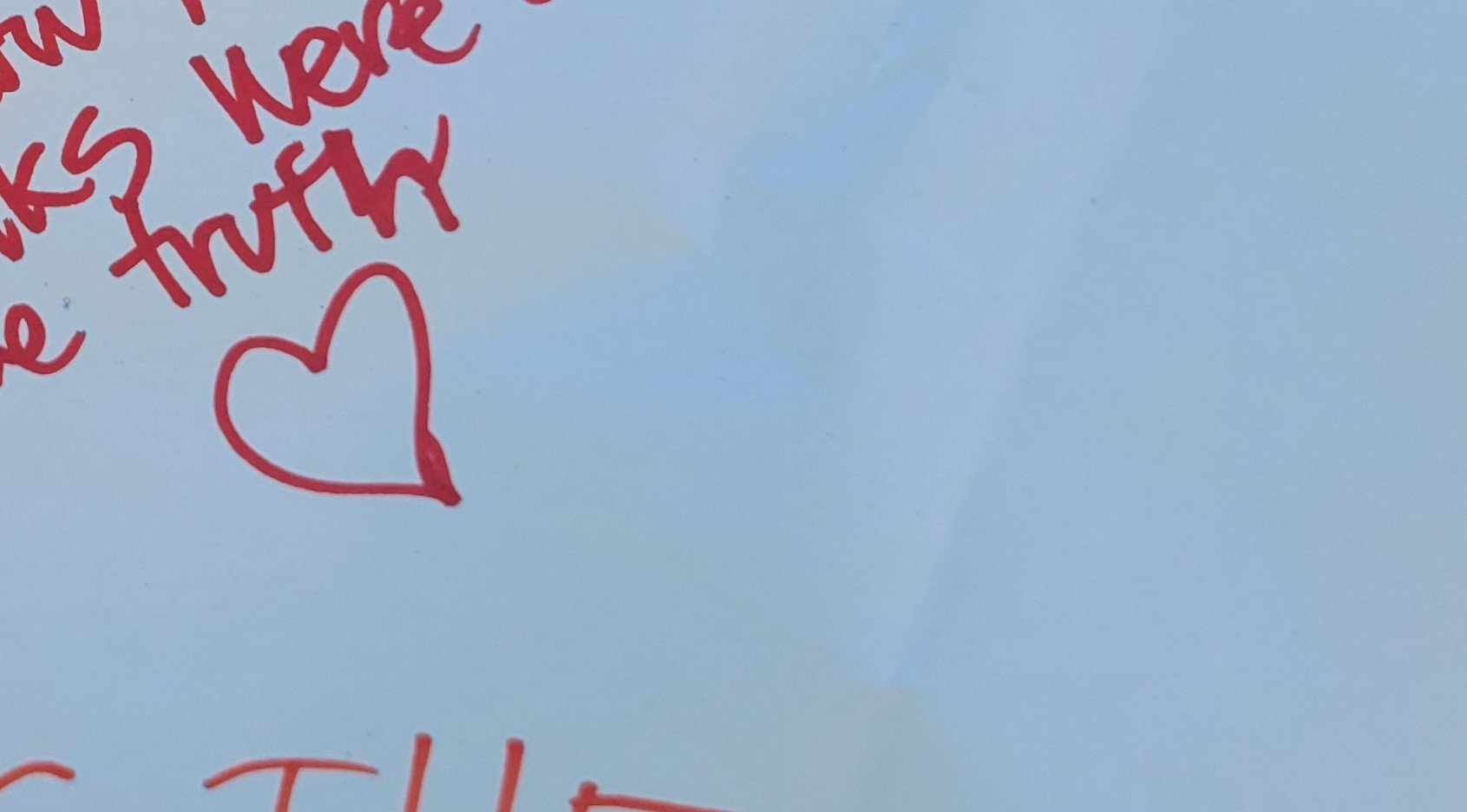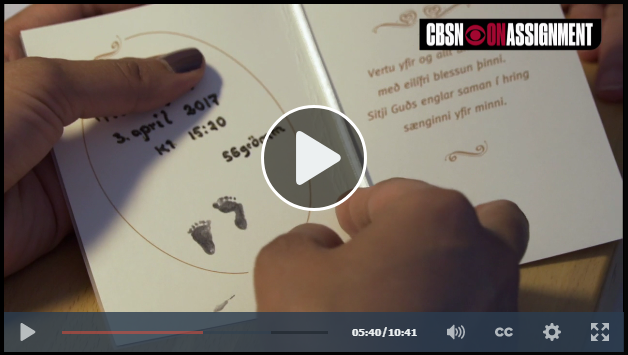Had these students looked with just a bit more curiosity at the panel in question (image nearby), they would have found etched just next to the date of the painting in the bottom right-hand corner the only clues they needed in order to discover the point of the panel — the title of the painting and the name of the painter: Madame Vigée-Le Brun et Sa Fille [by] Louise Élisabeth Vigée Le Brun.
This translates to Mrs. Vigée-Le Brun and Her Daughter [by] Louise Élisabeth Vigée Le Brun.
Yes, indeed, there is little sense in displaying this lesser-known painting from the 18th century to illustrate the idea that a woman can embrace her child and her career, unless, of course, the woman pictured in the painting is...the painter...and the painting is her self-portrait! A quick look at the website found on the panel (www.debate2dialogue.org) reveals that Vigée Le Brun was Marie Antoinette’s chief portrait painter. Yes, at least one woman had a “bona fide career” in 1786!
I don’t recall talking to the students who wrote these comments. When I came across the photos of the free speech board later, the fact that these students missed the point of the sign made me angry, and for a moment, I wanted to mock them and point out how foolish they were. But then I caught myself. Isn’t sadness a more appropriate response? These dear people are missing out on a beautiful moment of realization, after all.
When people outright reject or miss the point of our outreach events, our good-faith attempts to dialogue with them, the beautiful wonder of life in the womb, the truth about human rights, or any other gift we offer, it makes me sad — sad, first, that they missed the gift, and second, that I, in my weaknesses, have sometimes made it harder for them to receive it.
So, let me reach out to you in that same spirit, seeking to understand your perspective and working together to find truth. What do you think about the message of this panel? Do you think that a woman who is experiencing unintended pregnancy can embrace both her child and her career?
It's certainly true that Vigée-Le Brun had prestige and an income that many of the underprivileged women seeking abortions do not have today. Let's use this painting only as a starting point then (not as a perfectly parallel situation). Let's assume that we're talking about the typical woman facing unintended pregnancy today, and let's assume she is in a very difficult situation with little money and little hope: Does she have to choose between two goods she cares about, her child and her career? How can we help an underprivileged woman embrace both her unborn child and her career?
What do you think?
(Note: Portions of this post were originally published in the letter, "Clueless in the Face of a Great Gift" in December 2016.)















